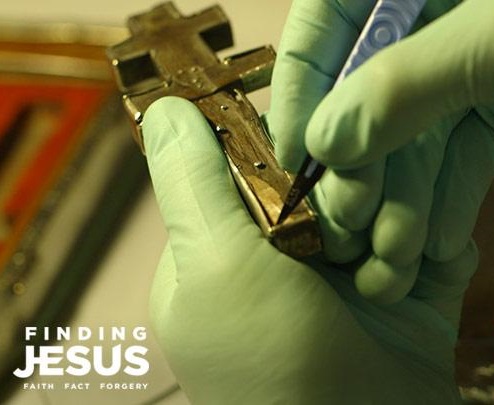Reflections on Teaching Gnosticism Week 12: Modern Gnosticism.
Though titled “Modern Gnosticism,” the final lecture for my Gnosticism class covered more than the past century. We examined medieval forms of Christian Gnosticism, as well as Jewish and Islamic analogues, and some expressions of Gnosticism in modern literature, including Philip K. Dick and, well, Harry Potter. Our course textbook, Nicola Denzey Lewis’ Introduction to “Gnosticism,” does not cover this material, so I had students prepare for the class by reading Richard Smith’s essay, “The Modern Relevance of Gnosticism,” featured as an appendix to James Robinson’s The Nag Hammadi Library collection.
We began with an overview of gnostic groups who came into existence after the demise of the Manicheans, tracing a path from the Paulicians, an Armenian sect operating from the 7th to the 10th centuries that combined aspects of Manicheism and Marcionism, through the Bogomils active in Bulgaria and Bosnia-Herzogovina from the 10th to the 12th centuries, to the Cathars in France and Italy from the 12th to the 13th. For the Cathars we looked at the circumstances of their origin and their eradication in a Crusade called by Pope Innocent III. When asked what to do with the inhabitants of the town of Beziers when it became apparent it would be difficult to distinguish faithful Catholics from Cathars, Innocent famously said “Kill them all. God will know his own”—words remembered even today when someone says, “Kill ‘em all. Let God sort ‘em out.”
But that was not the end of Gnosticism. The Renaissance and the Enlightenment brought challenges …

